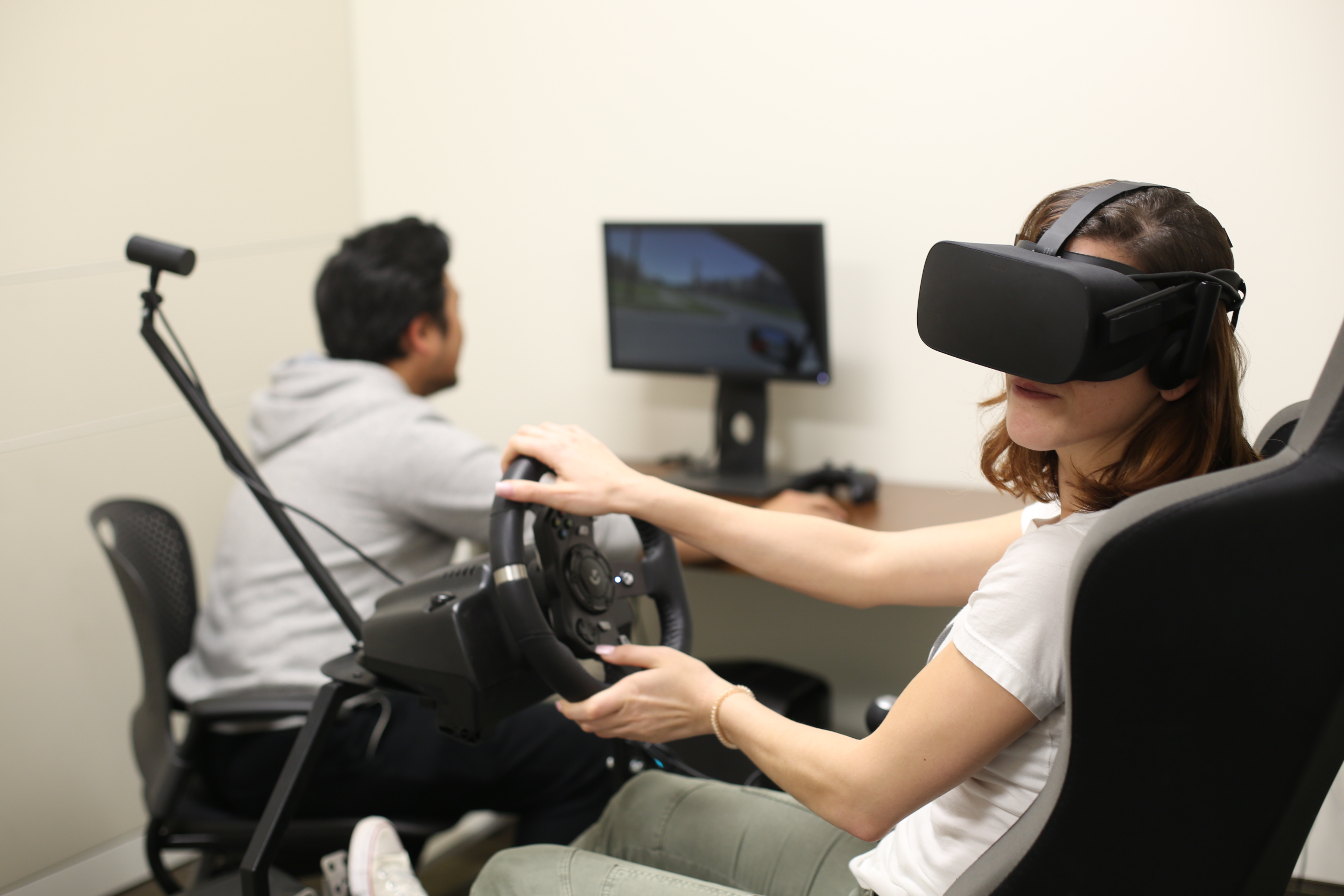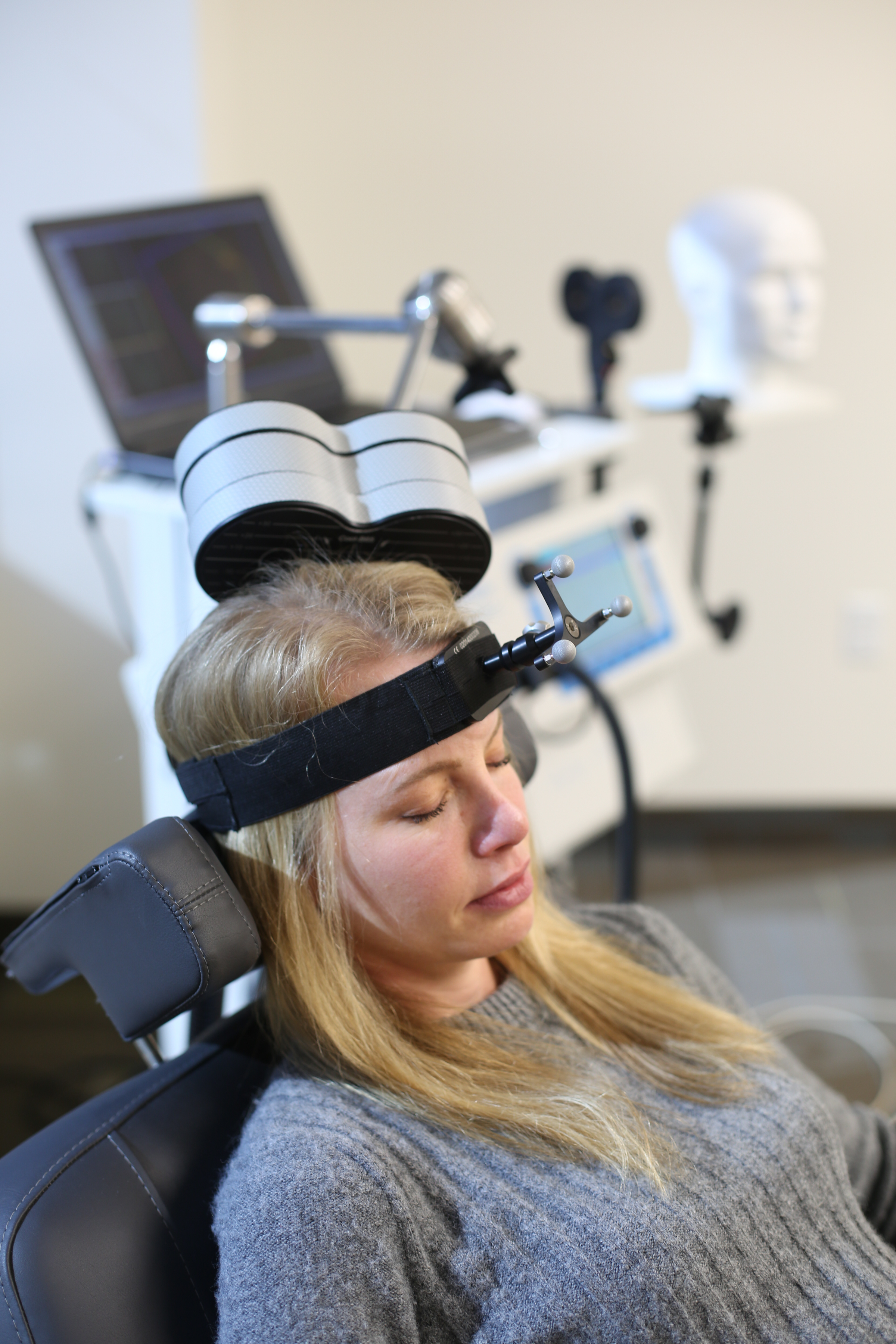-
Research & Graduate Education
- About Our Office
- Staff
- Newsletters
- Events
- Sponsored Projects Services
- Research Integrity
- Industry Alliances & Commercialization
- Institutes and Centers
- Graduate Education
- Center for Undergraduate Excellence
- Internal Funding Opportunities
- Policies and Guidance
- Statistical Consulting
- Ask the Experts Virtual Town Hall
- Resources
- Quarterly Research Data
» Research Projects
Virtual Reality Driving Simulator for Ethical and Moral Dilemmas

We have created a driving simulator with 3 DoF (pitch, roll, yaw), and integrated it with a Virtual Reality Headset. This simulator is a useful tool with which we can set up experiments with less noise and hazard, in the case of driving. We aim to use this driving simulator in various experiments such as moral dilemma, microdose, and more. While administering an immersive simulation where visual and vestibular stimuli of driving are fully controlled, we are planning to integrate the driving simulator with EEG, EMG measurements, as well as motion capture systems to further its usage.
Investigation of Intention and Agency Using TMS
 We investigate the sense of agency - the sense of ownership or authorship of our actions. TMS is used to artificially activate cortical regions of the brain, and when it is applied to motor cortex participants will move their arms, legs, or other muscles involuntarily. Wittgenstein famously asked: “What is left over if I subtract the fact that my arm goes up from that fact that I raise my arm?” - We aim to answer this interesting question.
We investigate the sense of agency - the sense of ownership or authorship of our actions. TMS is used to artificially activate cortical regions of the brain, and when it is applied to motor cortex participants will move their arms, legs, or other muscles involuntarily. Wittgenstein famously asked: “What is left over if I subtract the fact that my arm goes up from that fact that I raise my arm?” - We aim to answer this interesting question.
Investigating the Psycho-Physiological Effects of Floatation
 We are interested in studying the neurological and physiological effects of the float pod, also known as REST therapy, or sensory deprivation tank. In this study, we aim to measure neural activity using electroencephalography (EEG) and ECG. We intend to look at the different levels of relaxation and the brain rhythms that are associated with relaxation.
We are interested in studying the neurological and physiological effects of the float pod, also known as REST therapy, or sensory deprivation tank. In this study, we aim to measure neural activity using electroencephalography (EEG) and ECG. We intend to look at the different levels of relaxation and the brain rhythms that are associated with relaxation.
EEG Biofeedback
Our neurofeedback project teaches participants to self-regulate their brain activity from sad or neutral states to happy states. This involves recording brain activity while participants are in these various moods and teaching a machine-learning algorithm to distinguish the moods in real time. The ultimate goals of this study are:
1) to validate personalized EEG neurofeedback as a treatment for depression; and
2) to identify brain regions as potential targets for Deep Brain Stimulation, an option for treatment-resistant depression.